While young urban people integrate with AI every day, people in remote areas still struggle to find phone signals.
Older adults are often confused by confusing technology interfaces, small text, and many steps, causing them to quickly give up. For workers, the pressure of making a living and a tight overtime schedule make it difficult for them to access or learn digital skills, let alone familiarize themselves with AI tools.
For people in remote areas, technology is a luxury item...
How dangerous is the digital divide?
In the age of AI, those who do not know how to use technology will lose access to information, services and even livelihood opportunities.
Farming? Must know how to register code, access portal to receive support.
See a doctor? Must make an appointment online, look up digital records.
Study? Many places teach through AI, online, but remote areas still don't have stable Internet.
Not keeping up with technology is no longer an 'inconvenience', but a risk of being left out of the game, unable to get papers, unable to access services, and unable to receive legitimate benefits.
And the worrying thing is that those most vulnerable to being left behind make up a large proportion of the population, namely the elderly, manual workers and rural residents.
The 'latecomers' are not there because they want to be.
Older adults often have difficulty using technology devices due to unfamiliarity with the operation, impaired vision, and slower ability to access new knowledge.
For low-income workers and laborers, the barriers lie in time, learning conditions and the ability to own suitable equipment amid the hustle and bustle of life, making room for technology is a luxury.
In rural, remote areas, the biggest limitation is infrastructure: weak signal, lack of smartphones, old equipment and especially lack of people who can provide direct guidance.
In mountainous, border and island areas, many places do not have stable 4G. In industrial zones, most workers have never received formal training in digital skills. Even in families, there are not always children and grandchildren patiently instructing parents and grandparents on how to use phone apps. The digital divide is not their fault, but because they do not have equal access.
How to make sure no one gets left behind when AI updates so quickly?
To ensure that no one is left behind in the AI wave, cooperation from many sides is needed. On the government side, investing in digital infrastructure for remote areas is an important foundation, along with organizing classes to approach technology in a friendly and easy-to-understand way for people. New technology standards also need to be designed to be universal and suitable for the elderly, the group most likely to be "left out" if only using modern interfaces.
For tech companies, the responsibility goes beyond the product. They need to create multi-layered, simplified AI interfaces for new users, integrate “human support” elements, and proactively bring solutions to local areas with hands-on training.
The entire technology ecosystem also needs to adjust, from making AI understand local languages and use simple dialogue, to creating a smooth user experience that avoids causing panic or confusion for first-time users.
The social community also plays an important role: it is possible to form a team of technology volunteers, set up "friendly technology points" in villages and neighborhoods, where people can come to learn and try out devices.
Finally, on the part of the people, it is not necessary to learn everything, but to be empowered with basic access to technology, supported to understand and choose instead of being forced to adapt alone.
AI cannot be a race for the strong. A civilized digital society requires everyone to move forward, leaving no one behind. We need to remember: washing machines and refrigerators took years to become available in every home. But if AI does not “wait” for the weak, it will become a wall separating society, instead of a bridge connecting.
Leaving no one behind in the AI era is not just a saying, but a mandatory responsibility of the government , businesses, and communities. Because if technology only serves a few people, it will forever be incomplete.
TWO MIND
Source: https://tuoitre.vn/ai-tien-bo-tung-ngay-lam-gi-de-khong-ai-bi-bo-lai-phia-sau-20250615231924085.htm


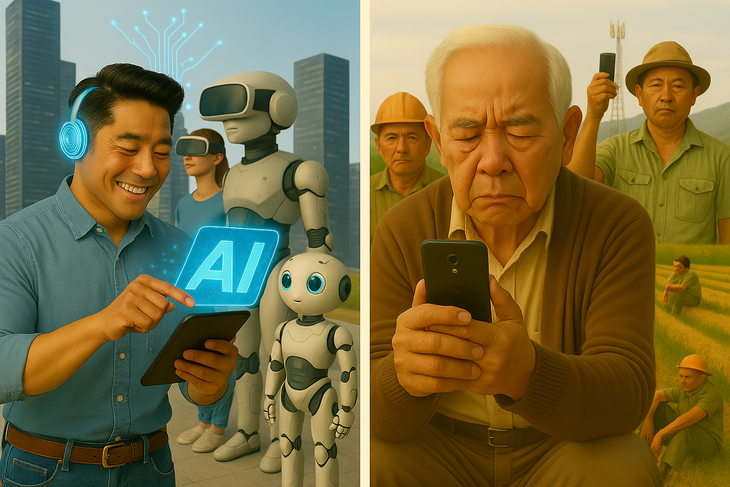


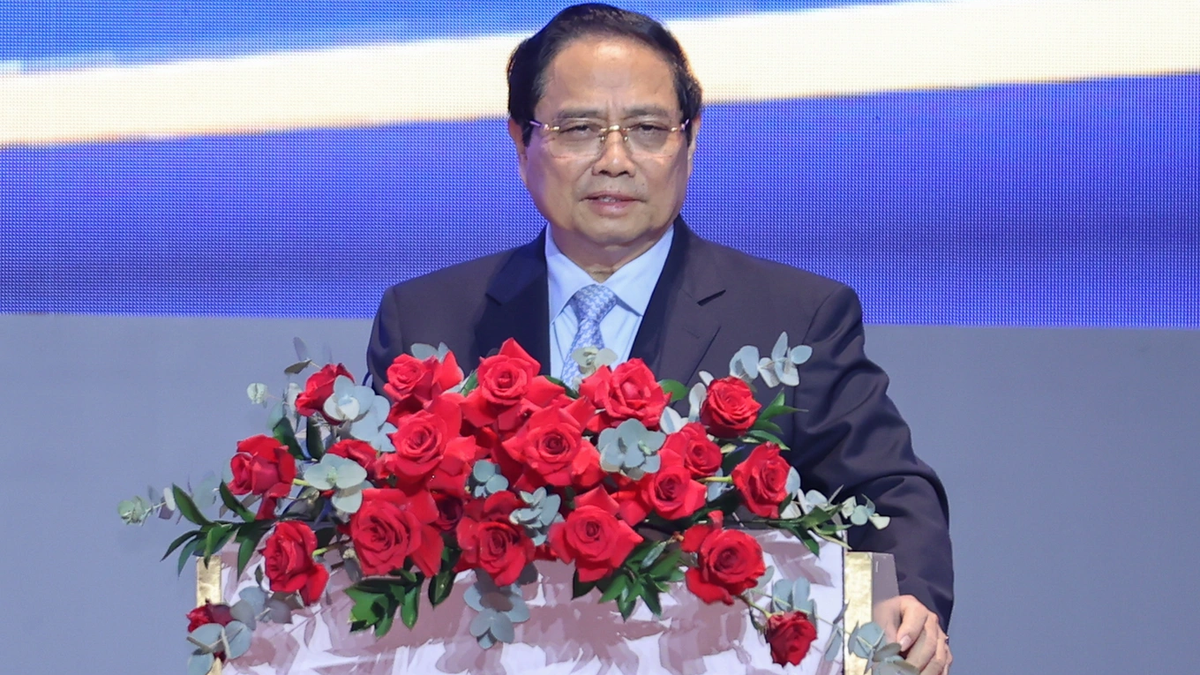
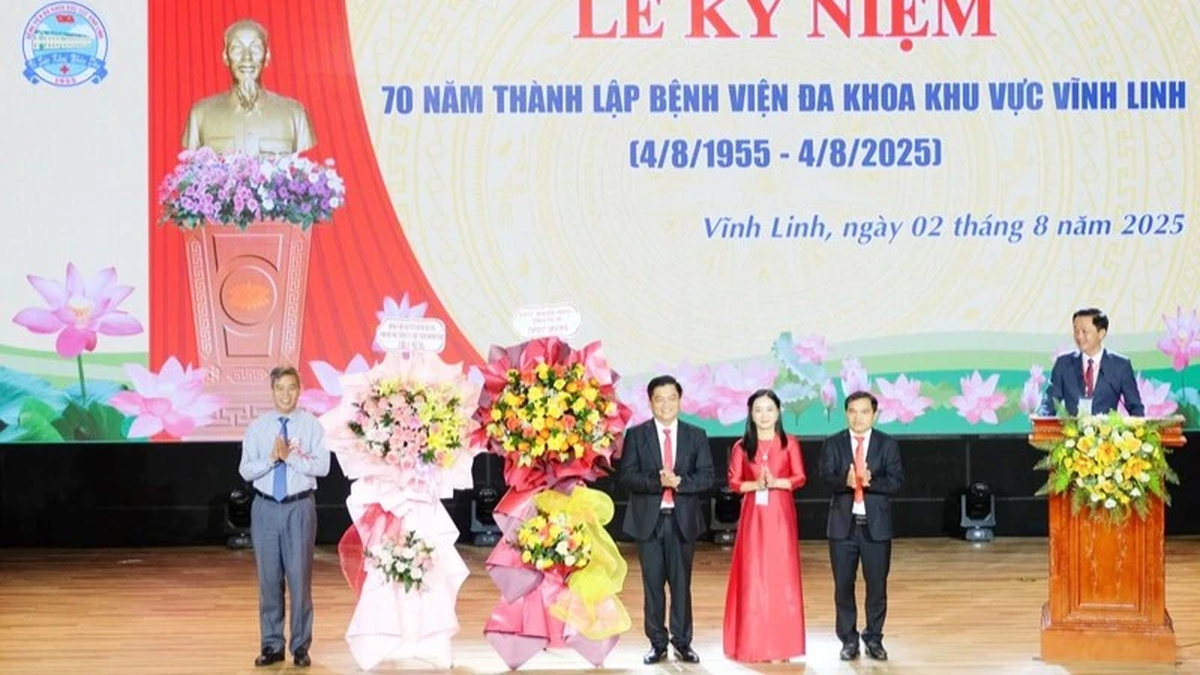


































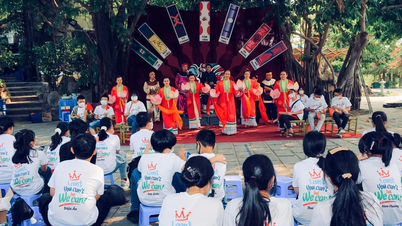


































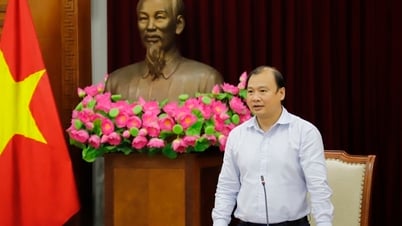























Comment (0)